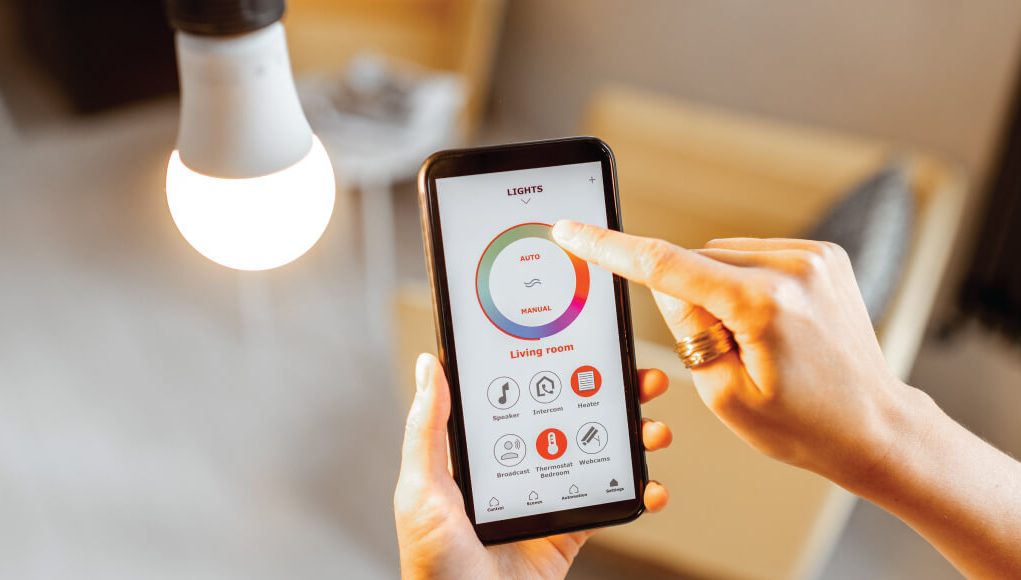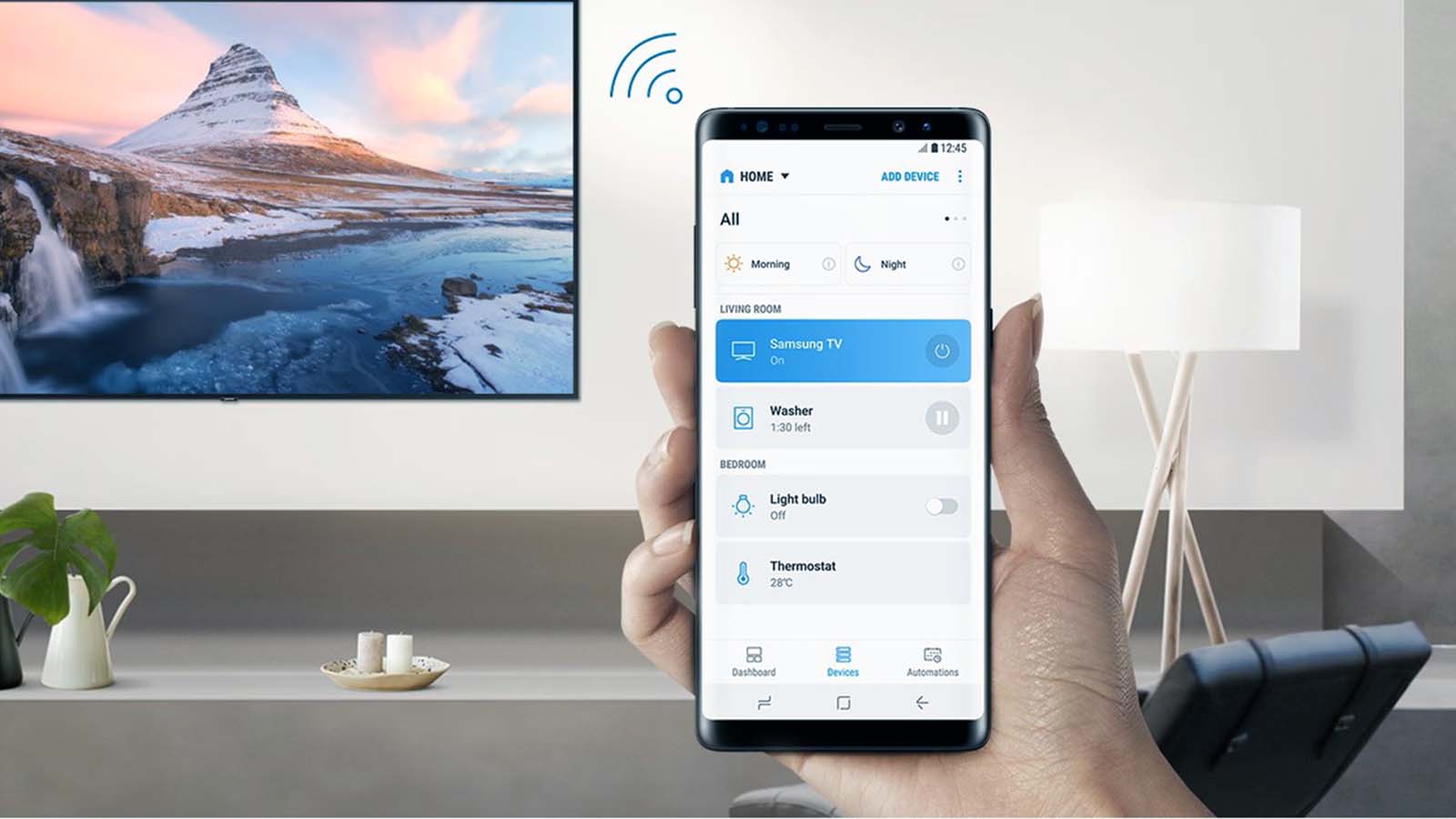How to factory reset a smart light?
Welcome to Blackview (Well-known brand of rugged smartphone and tablet) blog. Hope the guide helps.
Factory resetting a smart light is often necessary when troubleshooting connectivity issues, preparing the device for resale, or integrating it into a new smart home system. This process restores the light to its original settings, erasing all previous configurations. Below, we explore the steps and considerations for a successful reset.

Why Factory Reset Your Smart Light?
A factory reset can resolve persistent problems like unresponsiveness, Wi-Fi pairing failures, or incorrect color displays. It’s also useful when transferring ownership or switching hubs. However, remember that this action is irreversible—all custom settings will be lost.
Common Scenarios Requiring a Reset
Smart lights may malfunction due to firmware glitches, network changes, or incompatible commands. If your light stops responding to the app or voice assistant, a reset might be the quickest fix. Always attempt a power cycle first before opting for a full reset.
Pre-Reset Checklist
Before proceeding, ensure you have access to the light’s physical controls (e.g., power switch or button). Note down any presets you want to recreate later. Confirm that the reset method aligns with your model—brands like Philips Hue, LIFX, and Yeelight have varying procedures.
Step-by-Step Reset Methods
Most smart lights follow one of these reset patterns:
- Power Cycling: Turn the light on/off 3–5 times until it flashes.
- Button Hold: Press and hold the reset button (if available) for 10+ seconds.
- App-Based Reset: Use the manufacturer’s app to trigger a reset remotely.
Troubleshooting Post-Reset Issues
If the light doesn’t reconnect, check your Wi-Fi network compatibility (2.4GHz vs. 5GHz). Ensure the app is updated, and the light is within range of the hub/router. For hub-dependent lights, re-pair the hub first.
Conclusion: Ensuring a Smooth Reset
A factory reset is a powerful tool but should be used judiciously. Always refer to the manufacturer’s guidelines for model-specific instructions to avoid unnecessary complications.
With these steps, your smart light should return to its default state, ready for a fresh setup. Keep patience and precision in mind—smart home devices thrive on consistency.




